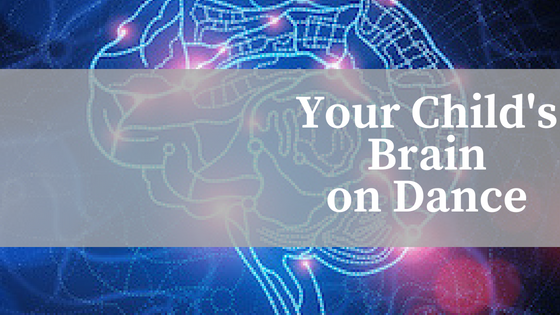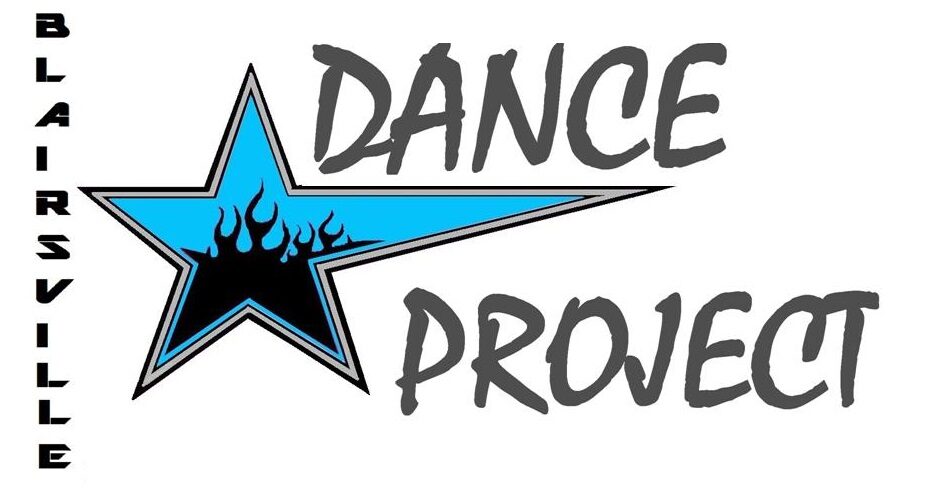
While physical development is one of the most obvious benefits for young children, most parents forget about the neurological benefits that dance can provide, as well. “They are learning a great range of motion, body awareness, balance, muscle strength, coordination, and endurance” (White, “How Dance Classes…”; 2012). What about the mental and neurological benefits that dance can provide, also?
Humans are born with trillions of neurons, or brain cells, and as they grow they develop connections, or synapses, between brain cells. “In the first few years of life, more than 1 million new neural connections are formed every second” (Center on the Developing Child, “The Science of Early Childhood Development (InBrief)”). In other words, developing children make new connections quickly and early on in life. After the first year, a developing brain reduces connections to make pathways and connections in the brain more efficient. This is referred to as neuroplasticity, and the reason why dance can be such an effective tool for developing young brains.
The brain can be imagined as a factory with multiple divisions in labor, that must all function together cohesively, and when these branches are “activated through dance, [they] have the ability to change and become more efficient in their functions” (Schwartz, “Neuroplastic Properties of Dance…”; 2017). Another way that neurons can increase neuroplasticity during dance class is by mirror neurons. These neurons mimic physical benefits of practicing, or dancing, through visual observation of the movement. J.L. Hanna puts it like this, “When we watch an action, we simulate the movement using the same brain network that we use to execute it” (Hanna 20). So even visually stimulating children in dance class allows them to create stronger neural pathways and develop a stronger ability to master dance steps and choreography.
“Dance is perhaps the most complex form of human movement, engaging many interconnected brain structures mainly in the motor areas of the brain. Movement training is able to modify these structures through neuroplasticity by employing repeated actions such as dance training” (Schwartz, 2017). As parents, you are constantly trying to better your children and give them the best possible foundation. What better way to ensure your child’s neural development has a strong foundation than enrolling them in dance?
